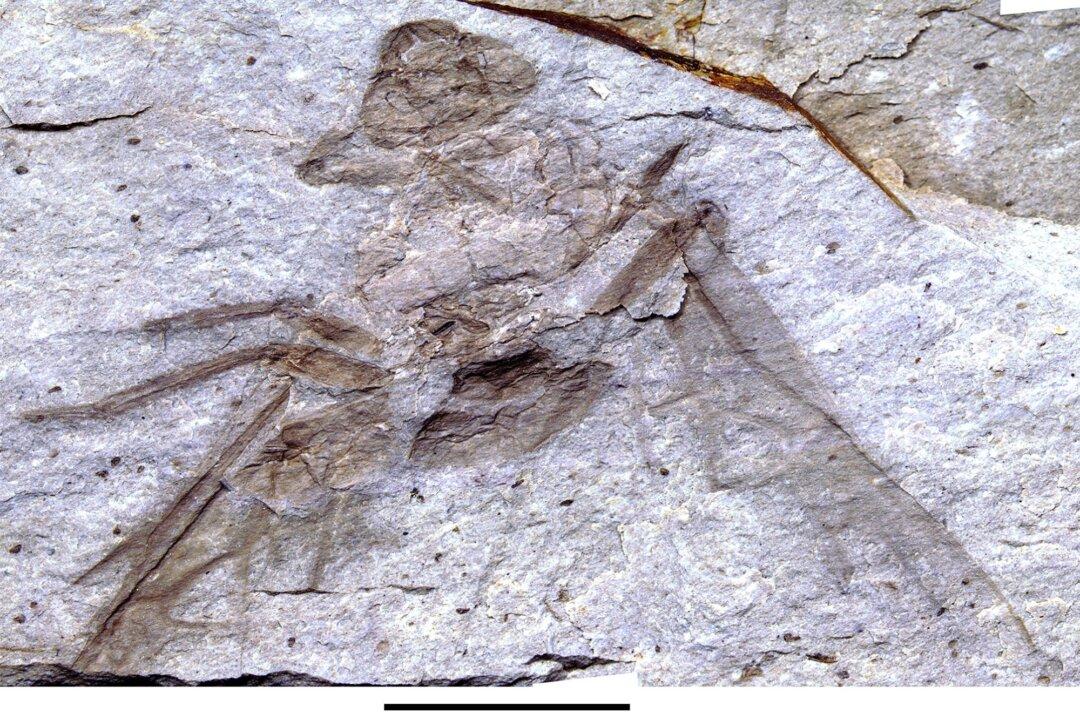A flying ant with a wingspan half-a-foot long and the body mass of a small bird flew over Canadian soil some 50 million years ago. Scientists are researching the first Canadian specimen, recently found by a resident of Princeton, British Columbia.
Scientists are stumped on how this ant travelled between continents. It was found in Europe, and another fossil from Wyoming was found in 2011.





